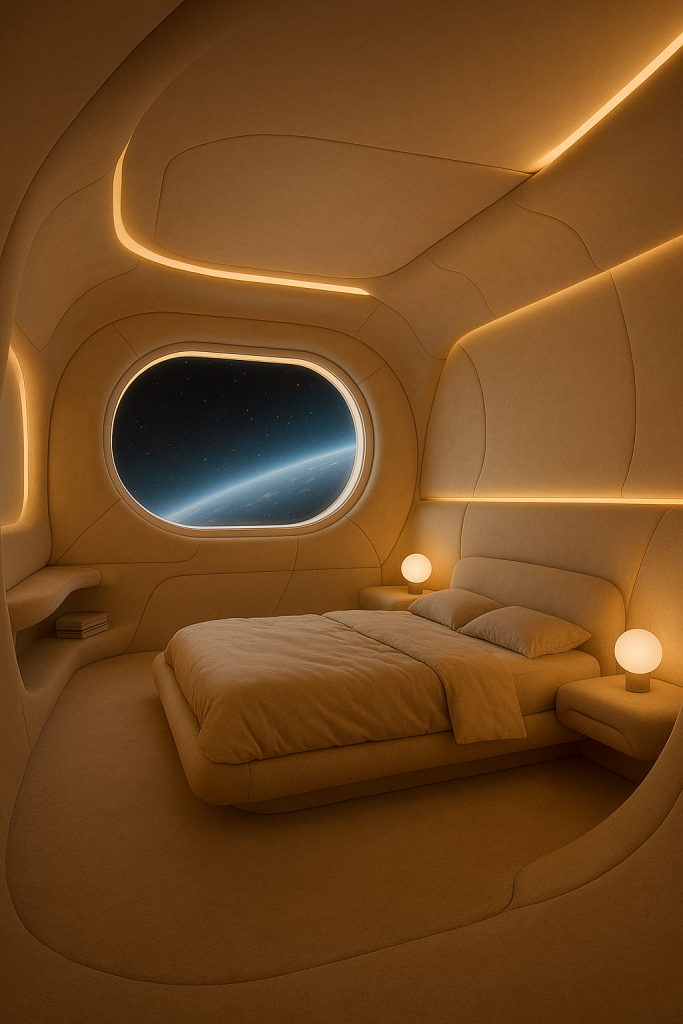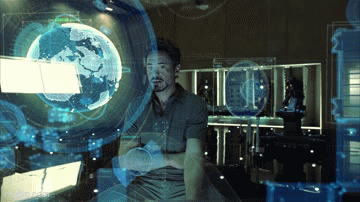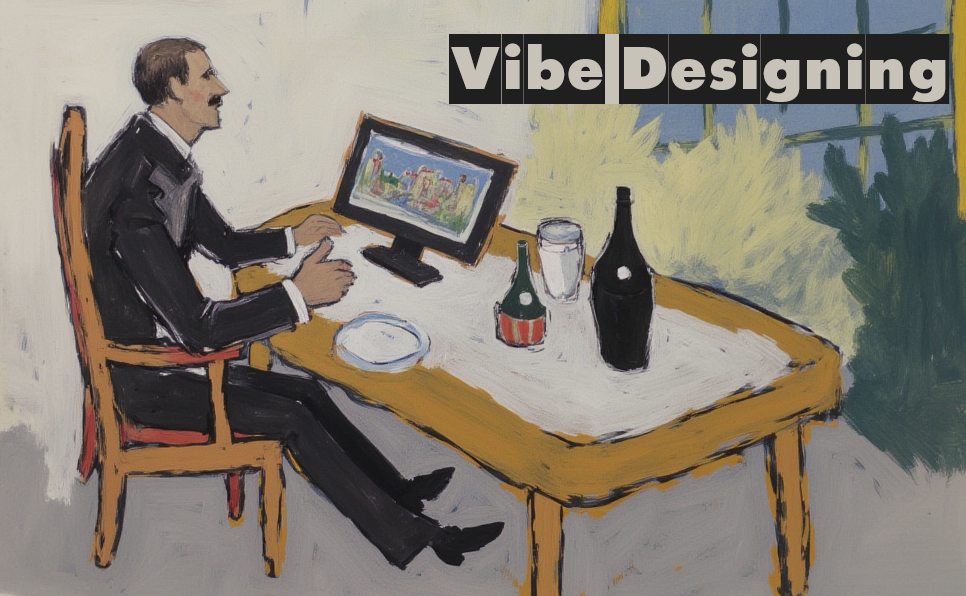These days, we hear, see, and talk a lot about something called Vibe Coding. The idea is simple: you sit down, tell an AI what you want, and it writes the code for you. No need to manually type every single line — the process flows naturally, and you’re in control without being buried in syntax.
It’s been a game-changer for me. As someone with zero coding background, I’ve built small programs and, more importantly, I’ve actually enjoyed it.
That experience got me thinking: what would the equivalent of vibe coding look like for design?
Can someone with no design training — like I had no programming experience — create visual work by just describing it? I’m not just talking about web design, but also architecture, product design, graphic design, and beyond.
If that becomes possible — if AI enables people to design without ever “designing” — what happens to designers?
What is Vibe Designing?
I think a simple definition of vibe designing is this:
Vibe designing is when design becomes a conversation.
Just like vibe coding lets you have a conversation with AI — asking it to write a program for you — vibe designing means you don’t draw, model, or design in the old, traditional sense. Instead, you describe. You describe how you feel. And there’s such beauty in that simplicity.
Look, this isn’t just about how fast we can push designs out.
There’s something far deeper than speed or efficiency — it’s about how we relate to the act of creating.
You don’t have to master a hundred design programs to make your product.
You don’t have to sit at a desk for thousands of hours, drawing lines on walls or screens.
Sure, you can — if that’s your choice.
But here’s the problem: I know someone right now working on a construction project who can’t design what he truly wants. Why? Because he can’t make the form in his mind with the design software available. That’s rough. It forces him to simplify his idea or even change it completely. And that’s the death of an idea. What’s worse than that?
With vibe designing, you only need to know what you want. Know how you feel.
For example:
“I want a room that feels like the inside of a spaceship, but soft. Warm, but not old. Minimal, but not cold.”

That’s it.
My design became a daydream — something felt, not forced.
Of course, this opens up bigger questions.
Now that tools are designing for us, what happens to the designer?
Does design lose its soul?
Do these AI-generated designs even work?
Honestly, we’re moving toward a future where the designer isn’t the expert on layout grids, composition, color, materials, or lighting ratios.
The future designer is the one who communicates best with their AI assistant.
The one who has taste, and knows how to express their energy and emotions clearly.
The designers of tomorrow will be great storytellers.
Because, isn’t good design just a good story?
Vibe designing isn’t the death of design.
It’s the birth of the next language — the language of design itself.
Why is vibe designing important?
This is changing the rules of the game.
In the past — and honestly, even now because AI isn’t that powerful yet — design was a skill you had to grind for years. Most of the time, designers spend hours wrestling with complex tools or obsessing over technical details. These are walls between the idea in your head and the reality you want to build.
Vibe Designing flips the script.
Now, everyone can turn ideas into reality. Doesn’t matter what you do. Doesn’t matter how old you are.
This democratization of design means more voices get heard. More voices mean more creativity. More creativity means more innovation.
Think about it seriously.
When you remove the technical barriers, people can focus on what really matters: feeling, feeling, feeling.
Here’s the truth — why did I start learning programming only to quit a thousand times?
Because it was painful sitting there hunting for errors in lines of code. Because sometimes, just wanting to write code was the hardest part.
That obstacle? Gone.
Now, I don’t have that problem anymore.
Today, no one can say, “I can’t make a program because I don’t know how.”
The real reason is: You don’t want to.
You don’t want to design something because you don’t want to.
Ultimately, vibe designing changes the role of the designer from a grind-executor to a creative manager.
It’s a mindset shift.
A new way of thinking that welcomes technology, pushes creativity, and channels human emotion.
Most importantly, it makes design accessible to everyone.
Future
Looking ahead, we see that Vibe Designing is not just a futuristic tool. It’s not just another trend. It’s a shift — a transformation in the way we think about creativity, emotion, and the act of design itself.
We’re stepping away from the era where knowing every function of a software defined your skill level. The power is no longer in the complexity of your tools — it’s in the clarity of your story. Your ability to describe a world that doesn’t exist yet. To vibe it into existence.
This shift raises a bigger question:
Will design lose its soul? Will it become algorithmic? Predictable? Just another output of code?
It could. But only if we let it.
Because what Vibe Designing actually does is open a door. A new space. One that isn’t about who’s the best at Rhino or Revit — but who can articulate a dream. Who can translate a mood into form. Who can feel something and say, “make it feel like this.”
Not everyone will walk through that door. And that’s okay.
But those who do — they’ll build something completely new.
They’ll create a culture of design that’s more intuitive, more expressive, and somehow, more human.
And maybe, just maybe — that’s where design has always been trying to go.


2 Responses
This topic is both fascinating and debatable, and you have addressed it with great precision.🔍
As a designer who has devoted many hours of my life either to learning software skills or to visualizing ideas that exist only in my imagination, I find this kind of AI-generated design truly dreamlike.
The image you generated so effortlessly might require an architect to do some research, sketch on paper, and then—after several days—produce a similar rendering.😑😶
But one question arises for me:
Is it currently possible to ask this AI to coherently generate a floor plan, section, elevation, and all the rooms of a space station, and have these drawings match each other without inconsistencies?🤔
At this moment, I believe it’s not yet fully possible, and I think at least a basic level of input and planning is needed to produce an executable design.
However, the idea of designing something within minutes, turning a vision into an image, and being able to share that dream instantly—this is truly extraordinary.
It is immensely promising and absolutely admirable.
Thank you for addressing such an interesting and thought-provoking topic . 🤩✨💖
Thank you for your kind comment
I don’t think artificial intelligence is yet strong enough to do the things you mentioned, but we will definitely get there in the future.